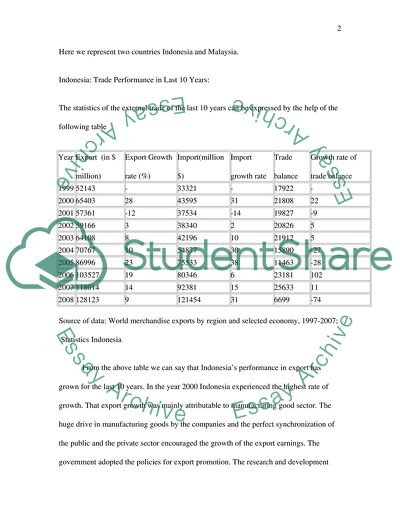Cite this document
(Economics of The Organization ASEAN Research Paper - 3, n.d.)
Economics of The Organization ASEAN Research Paper - 3. Retrieved from https://studentshare.org/macro-microeconomics/1722963-economics
Economics of The Organization ASEAN Research Paper - 3. Retrieved from https://studentshare.org/macro-microeconomics/1722963-economics
(Economics of The Organization ASEAN Research Paper - 3)
Economics of The Organization ASEAN Research Paper - 3. https://studentshare.org/macro-microeconomics/1722963-economics.
Economics of The Organization ASEAN Research Paper - 3. https://studentshare.org/macro-microeconomics/1722963-economics.
“Economics of The Organization ASEAN Research Paper - 3”, n.d. https://studentshare.org/macro-microeconomics/1722963-economics.


